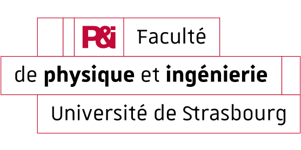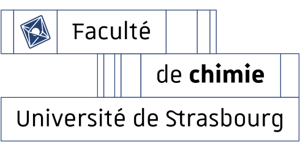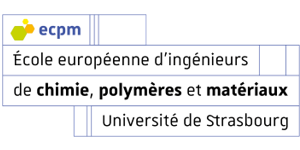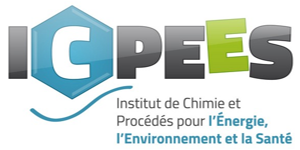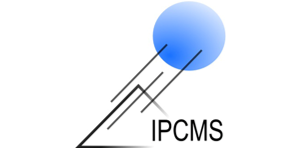GREENMAT Design, process, and analysis of functional Green materials
The core of axis 5 has grown out of the existing research and know-how of ITI members and will be focused on bio-based sustainable and functional materials (polymers, MOF, zeolites, metalloids, (in)organic nanoparticles …), green physical and/or chemical processes (solvent-free, low cost, bio-sourced reactants, photocatalysis, mechanical, adsorption…) and advanced analytical characterizations. The main objective of this emerging field is to improve the durability of materials and processes, (recyclability and controlled life cycle), to cope with current societal challenges (decontamination, (bio)remediation).


